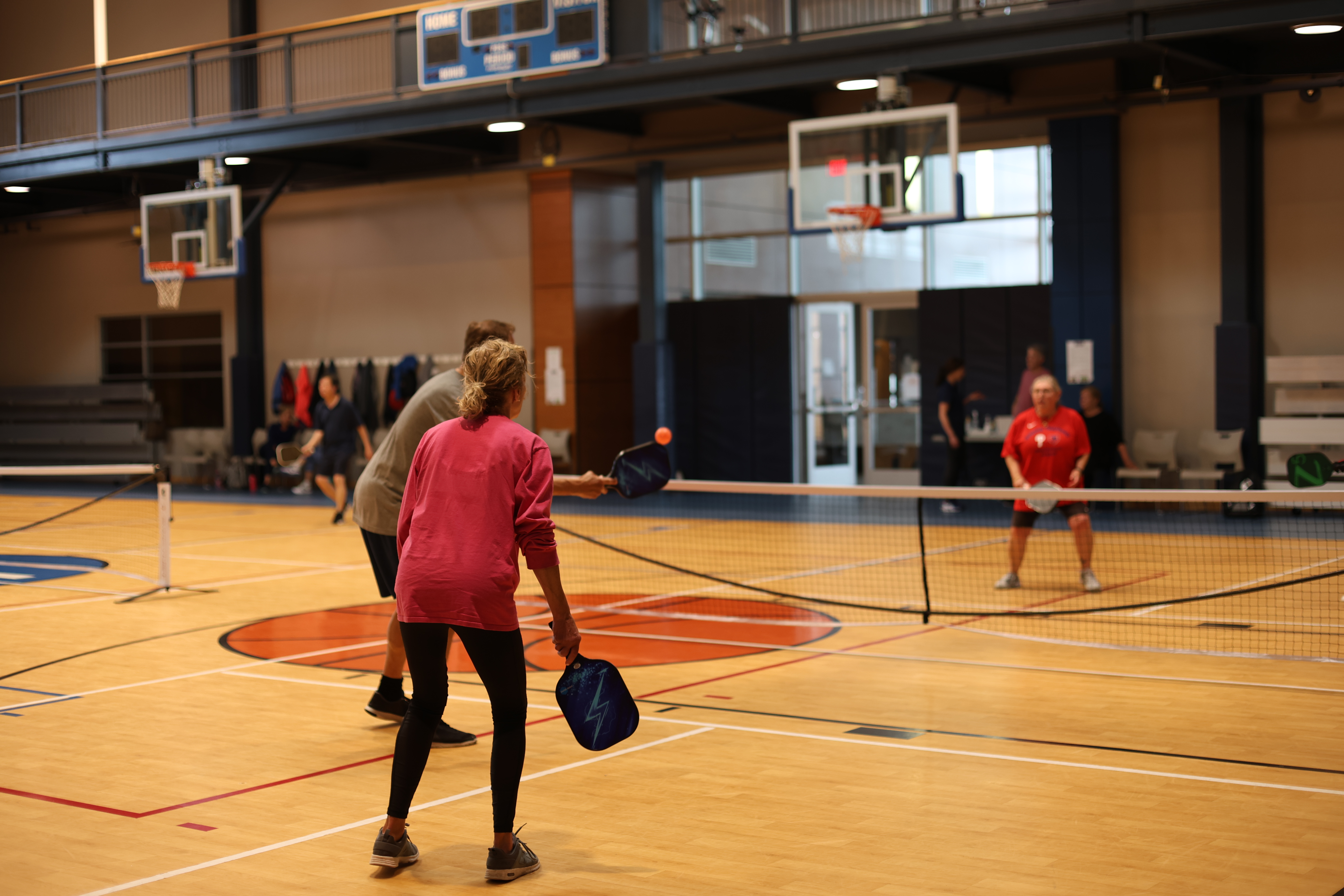Key Considerations for Community & Recreation Centers
In the past few years, I’ve encountered many Parks & Recreation professionals who are either personally interested in researching Community & Recreation Centers, or their municipal leadership has asked them to conduct research to determine if a facility should be built in their community. Coming from a background of working in these facilities, I’m excited to see an increased interest in these indoor facilities. Community and Recreation Centers are amazing resources for neighborhoods and local municipalities, but there are several key things to consider before your board signs off on a project of this scale.
Accessibility and Affordability for Participants
Compared to privately owned fitness facilities, you can offer programs, fitness classes, and memberships for more affordable rates to residents. This is due to subsidizing costs via tax dollars, which we will get to later.
Community Building
Having a central location for residents of your community to participate in programs together cannot be understated, especially in areas where there is not a clearly defined center of the community, such as a downtown or town square. With proper planning, promotion, and management, word will spread that your Community Center is the place to be for people interested in a community-centric experience.
Safety and Accountability
This is your building, with only so many places to go and just a few entrances and exits. In comparison to a park with lots of open space and fields, you have a way of knowing who is in your building, and what they are doing. You have a direct eye on groups renting your space to make sure they comply with the rental agreement. If there is an issue, you have staff on-site to handle the issue. Community Centers, while still public spaces, have key safety and accountability benefits that lead to a better recreational experience for your residents.
Indoor Space
The main reason I hear for municipalities wanting to build Community & Recreation Centers is to provide indoor spaces and programming for their residents. While outdoor parks can be beautiful and provide venues for outdoor recreation, they rely on the weather forecast. With an indoor space, weather is not an issue, provided that staff users can get there. It’s still recommended to keep an eye on the weather to determine if it is safe for your residents to attempt to travel on the roads, but generally, you will have to cancel and reschedule programs and events less often. Sure, you can work with the local school district to secure indoor space, but this is a space that you own and control the schedule within.
Advertisement
As a side note on facilities: Make sure to advocate for recreational functionality, and not just the prettiest building!
Funding
You knew this was coming! The good news is that you can generate revenue by charging for memberships, programs, and facility rental fees. The bad news is you will most likely have to take on debt or raise taxes to make your Community & Recreation Center a reality. As it turns out, tax rate increases aren’t very popular, and taking on debt comes with its own issues. Discussing how the facility will be funded is one of the most important conversations your leadership will need to have before moving forward. You will also need to determine if your programming will be revenue-neutral or if programs are expected to turn a profit. Consider affordability and accessibility as the decision between offering a community service or running the facility as a business is examined.
Budget Allocation and Politics
Opening a new facility requires decisions about where your municipality’s money will be allocated. This could affect funding to other priority areas, such as public safety, environmental initiatives, road work, and your municipality’s other departments. Leadership may butt heads about where funding should be allocated, especially if there is disagreement about building the new Community and Recreation Center from the start.
Staffing
Depending on if you are opening a full Community & Recreation Center with a fitness center and gymnasium or just a building you will open for specific programs, you may have to staff early mornings, evenings, weekends, and even many holidays. This will require two things: more part-time and full-time staff, and a core operational shift in your department. The odd hours will no longer be on a per-program basis, but an everyday reality. Decide if your staff is prepared and willing to take on this new schedule.
Private Competition
Private gyms and fitness centers in your community probably won’t be excited that you’re opening a government-owned fitness facility. Depending on what you offer, it may take away from their customer base.
In Conclusion
Community and Recreation Centers can be a tremendous asset to your community. It can also spark some pushback from various stakeholders, both internally and externally. This leads to important, and perhaps difficult, discussions about priorities. If you’re considering building a Community & Recreation Center, I wish you the best of luck and hope to check it out sometime!

